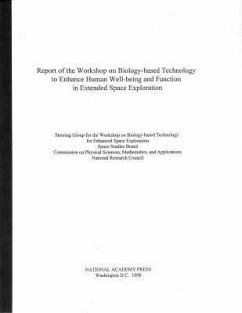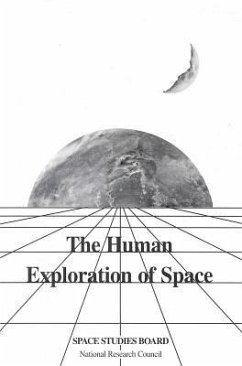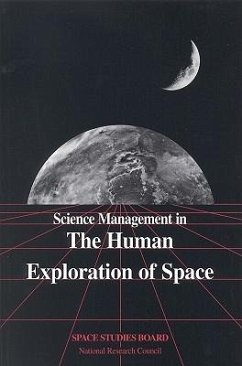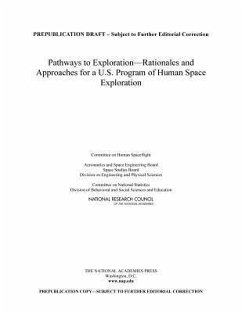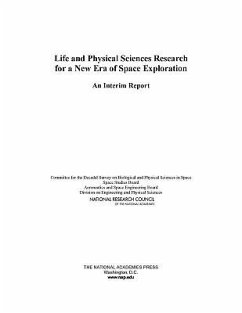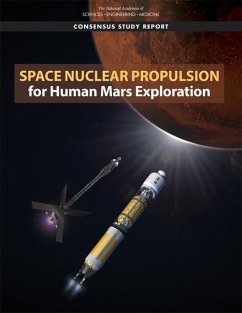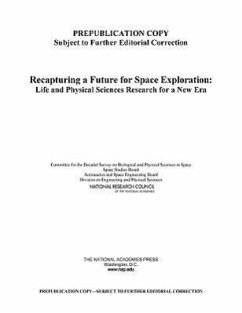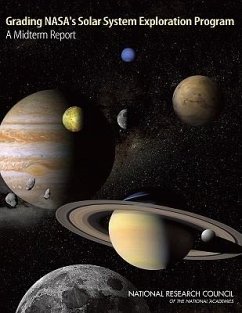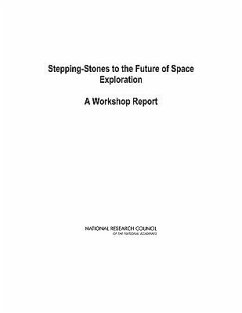
Crew Exploration Vehicle Skip Entry Trajectory
Versandkostenfrei!
Versandfertig in über 4 Wochen
17,99 €
inkl. MwSt.
Weitere Ausgaben:

PAYBACK Punkte
9 °P sammeln!
This research effort develops a program using MATLAB to solve the equations of motion for the atmospheric reentry of the Crew Exploration Vehicle (CEV) which is assumed to be in the phase of a lunar return trajectory that could be initiated any time during the mission. The essential reason for this research is to find a solution for the problem of an unplanned lunar return in addition to the normal procedures. Unlike Apollo type missions, the CEV would still be able to land on any preplanned available landing sites without any additional delay. In Apollo type missions, the return phase had to ...
This research effort develops a program using MATLAB to solve the equations of motion for the atmospheric reentry of the Crew Exploration Vehicle (CEV) which is assumed to be in the phase of a lunar return trajectory that could be initiated any time during the mission. The essential reason for this research is to find a solution for the problem of an unplanned lunar return in addition to the normal procedures. Unlike Apollo type missions, the CEV would still be able to land on any preplanned available landing sites without any additional delay. In Apollo type missions, the return phase had to be initiated in a restricted time window so that the crew module could enter the atmosphere at the preplanned time and be able to land at the planned landing site. Using skip entry procedures, landing location and time will be more accurate in addition to having the time flexibility for reentry. This MATLAB program is designed to find the reentry parameters for given landing location according to the current alignment of the moon using a lunar return speed including the atmospheric trajectory of the CEV. This work has been selected by scholars as being culturally important, and is part of the knowledge base of civilization as we know it. This work was reproduced from the original artifact, and remains as true to the original work as possible. Therefore, you will see the original copyright references, library stamps (as most of these works have been housed in our most important libraries around the world), and other notations in the work. This work is in the public domain in the United States of America, and possibly other nations. Within the United States, you may freely copy and distribute this work, as no entity (individual or corporate) has a copyright on the body of the work. As a reproduction of a historical artifact, this work may contain missing or blurred pages, poor pictures, errant marks, etc. Scholars believe, and we concur, that this work is important enough to be preserved, reproduced, and made generally available to the public. We appreciate your support of the preservation process, and thank you for being an important part of keeping this knowledge alive and relevant.




